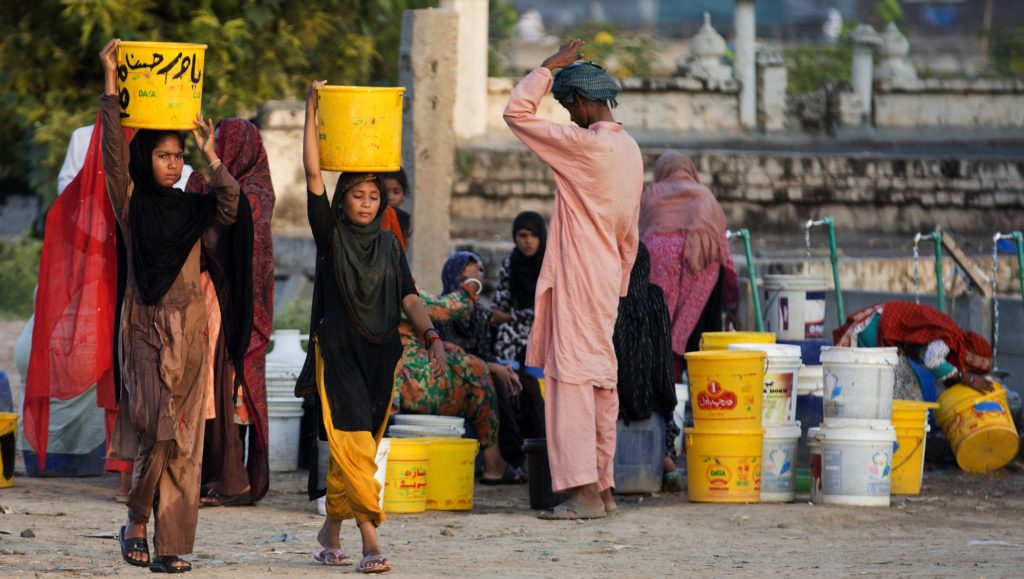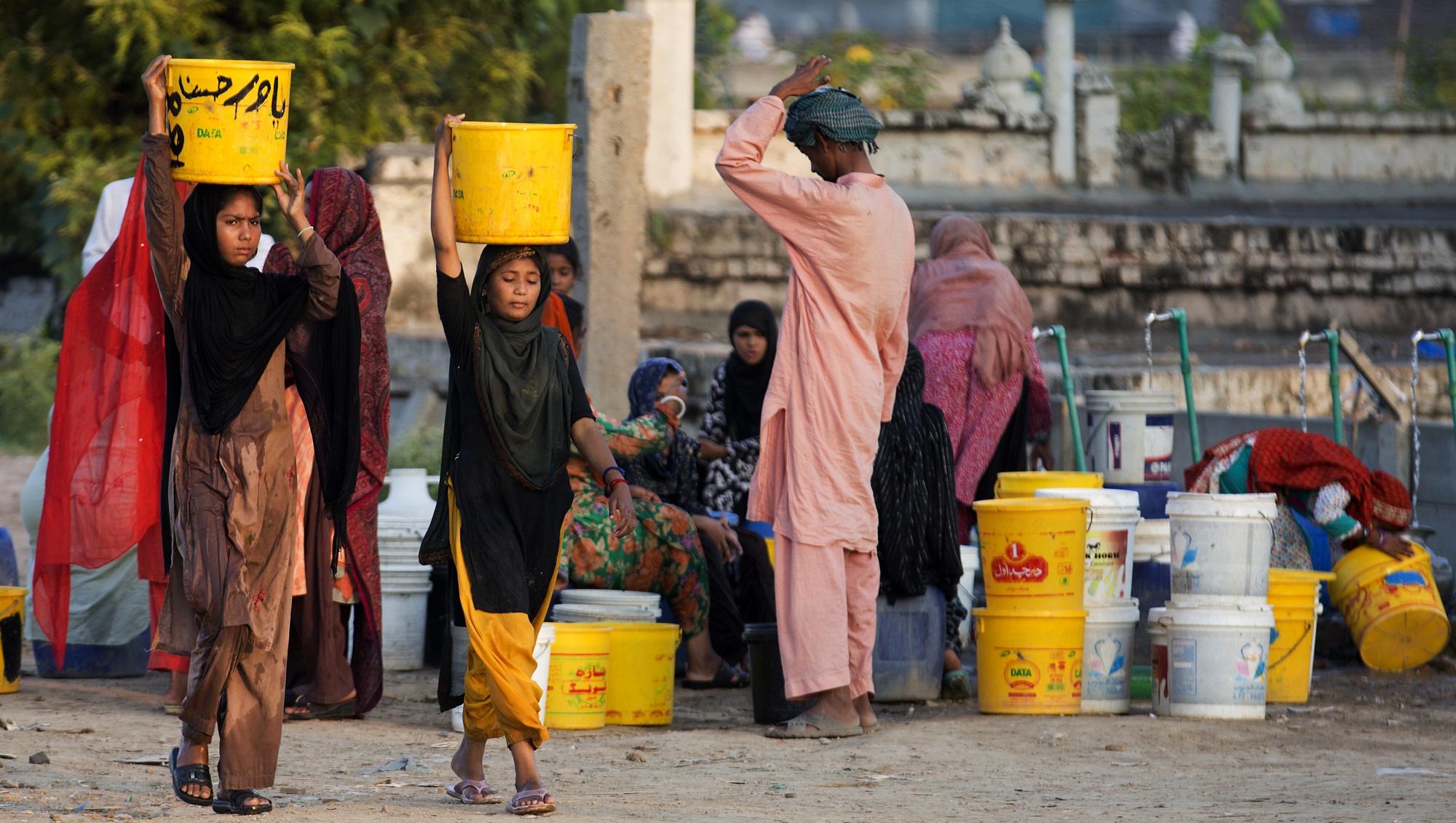
Some 50 million people are at risk of arsenic poisoning from contaminated groundwater in Pakistan’s Indus Valley, far more than previously thought, according to a new study. Pakistan is aware of the growing problem, with arsenic levels rising in some areas as people increasingly and indiscriminately draw from the country’s underground aquifers, said Lubna Bukhari, who heads the government’s Council for Research in Water Resources.
“It’s a real concern,” she said. “Because of lack of rules and regulations, people have exploited the groundwater brutally, and it is driving up arsenic levels.”
The authors of the study developed a map highlighting areas of likely contamination based on water quality data from nearly 1,200 groundwater pumps tested from 2013 to 2015, and accounting for geological factors including surface slope and soil contents. They determined some 88 million people were living in high-risk areas. That’s equal to at least a third of the 150 million already estimated by the World Health Organization to be drinking, cooking and farming with arsenic-laced water worldwide.




